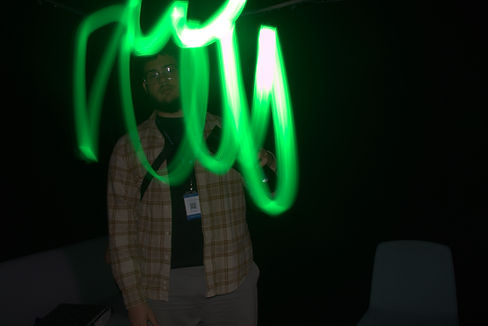ISO
ISO in a camera is the light sensitivity of the sensor. Lower ISO, for instance, 100 or 200, is best for good lighting, capturing clean and crisp images with less noise. High ISO, for example, 1600 or 3200, enables low-light exposure but introduces graininess to the image. Knowing how to manipulate ISO accordingly can ensure getting the appropriate exposure and image quality in different light conditions.
In movie making, ISO settings have been at the forefront of achieving desired visual effects in most films. In "Saving Private Ryan," for example, director Steven Spielberg used higher ISO settings to achieve a gritty realistic look during the intense battle scenes, shooting the chaos with minimal light. Similarly, in "The Revenant," director of photography Emmanuel Lubezki employed high ISO to film during natural light at dawn and dusk, the raw and engaging world of the movie. These choices demonstrate how ISO can be utilized to determine mood and storytelling in film and how filmmakers can utilize it effectively to convey their artistic vision.

Shutter speed
Shutter speed is the length of time the cameras lens is open when taking a picture, its measured in seconds. A faster shutter speed means the lens will quickly open and close, which also allows less light hitting the lens, and the opposite for a slower shutter speed. Shutter speed is one of the three components of the exposure triangle, along with iso and aperture.

This is a picture from Richard Sandler's collection which I think displays shutter speed

APERTURE
Aperture is perhaps one of the most critical aspects of photography that controls the amount of light entering the camera lens. Aperture is described in f-stops, where a low f-stop number indicates a big opening and plenty of light, and a high f-stop number indicates a small opening and less light. The aperture not only affects exposure but also plays a significant role depth of field, allowing photographers to produce stunning outputs by obscuring the background and concentrating on the subject. Mastering and understanding aperture could largely enhance your photography skills and creativity.
Aperture is film-making's most crucial element, helping to produce stunning vistas and the atmosphere of a scene. Directors of movies like "The Revenant" apply a big aperture to achieve a shallow depth of field, focusing on the protagonist while blurring the background.






